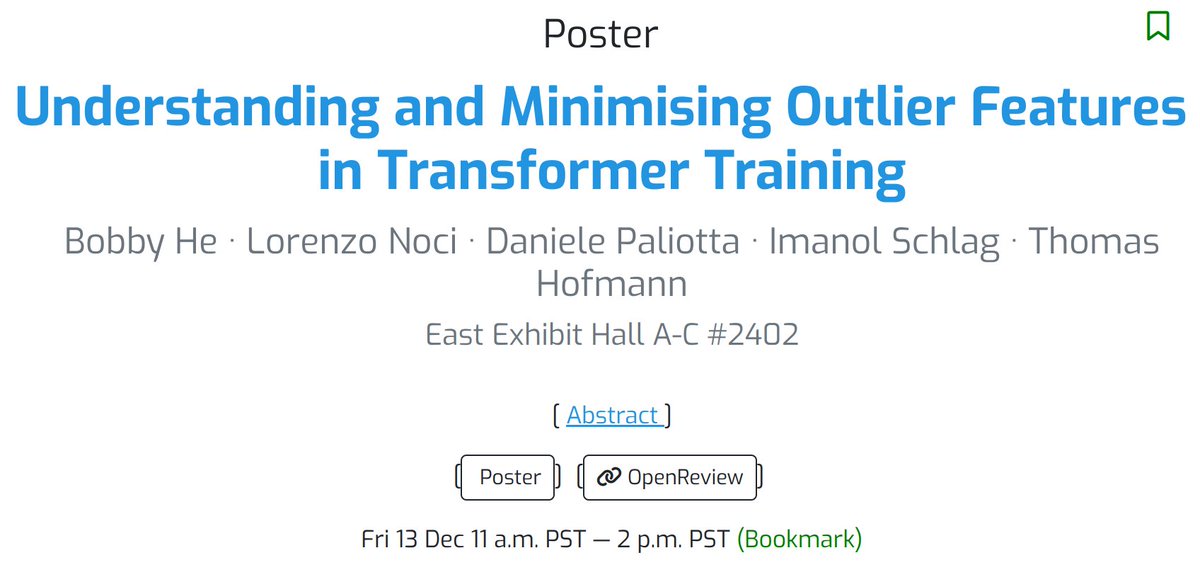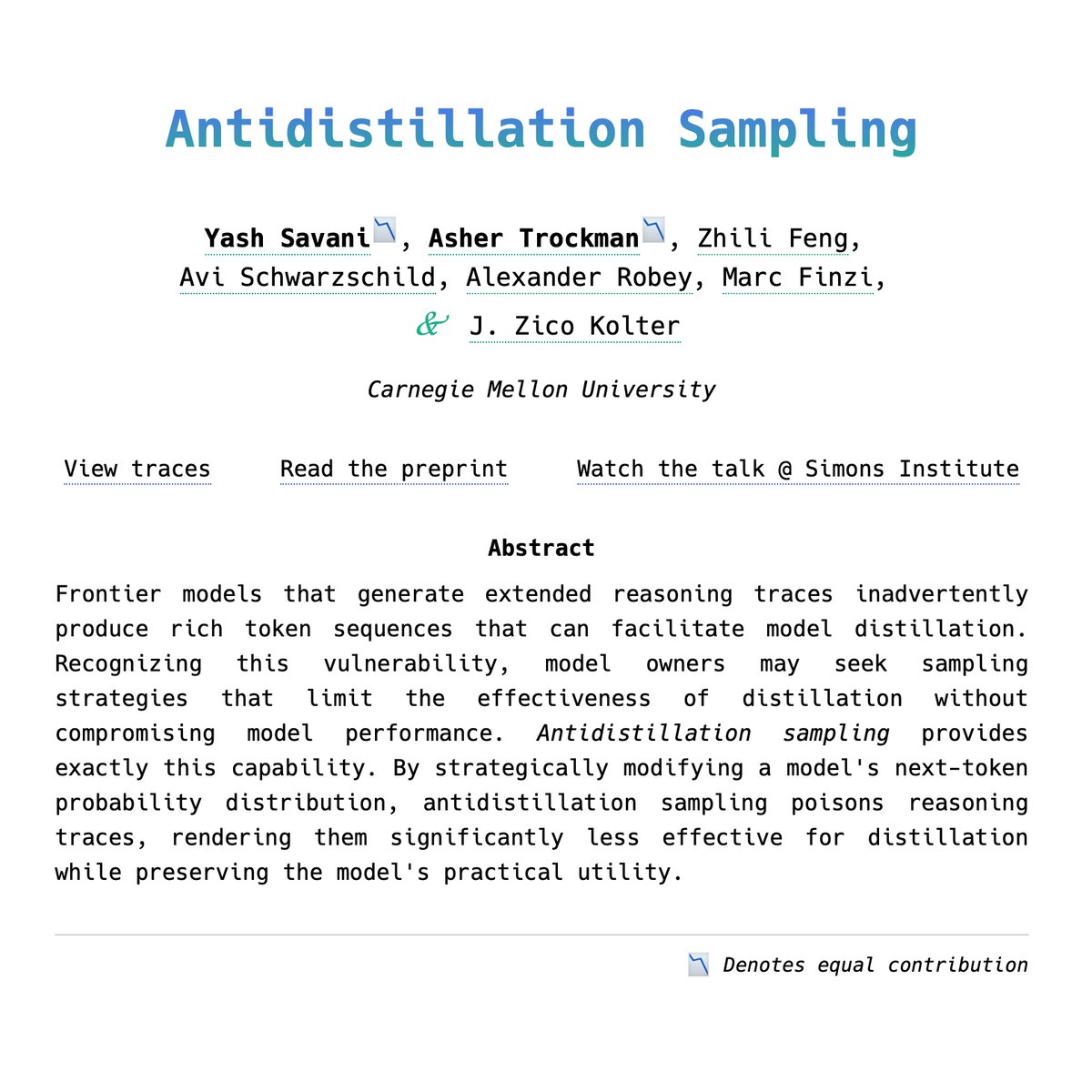
Jeremy Cohen
@deepcohen
Research fellow at Flatiron Institute, working on understanding optimization in deep learning. Previously: PhD in machine learning at Carnegie Mellon.
ID: 369877186
http://cs.cmu.edu/~jeremiac 08-09-2011 02:53:23
1,1K Tweet
4,4K Followers
908 Following

I am on the industry job market, and am planning to interview around next March. I am attending NeurIPS Conference, and I hope to meet you there if you are hiring! My website: soyeonm.github.io Short bio about me: I am a 5th year PhD student at CMU MLD, working with Russ Salakhutdinov

Applications to our Research Fellow position at Flatiron CCM are closing soon on Dec 15! It's a great place for doing fundamental ML research with a lot of freedom in a great environment, in the heart of NYC. Apply here: apply.interfolio.com/155357





I have some news to share! Datadog, Inc. is forming a new AI research lab, and I'm excited to announce that I've joined as Chief Scientist to lead this effort. Datadog has a great work culture, lots of data and compute, and is committed to open science and open sourcing. Our team


I and Arseniy, I believe, made a step towards properly characterizing how and when the training of Mini-Batch SGD shows Edge of Stability/Break-Even Point (Stanisław Jastrzębski, Jeremy Cohen). Link: arxiv.org/abs/2412.20553





















